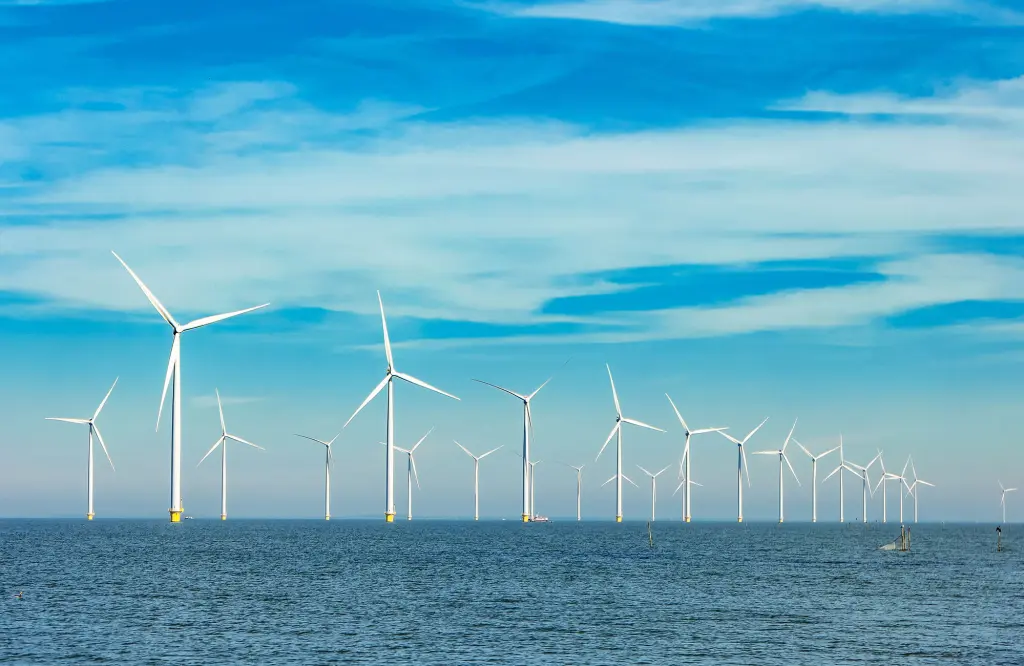New York state’s insane renewable-energy plan is starting to implode; the sooner Gov. Kathy Hochul and other leaders admit the truth, the better.
On Thursday, the state Public Service Commission nixed a request for vastly greater subsidies — about $12 billion worth — for 90 alternate-power projects that are supposed to provide a quarter of the state’s electricity by 2020.
That would have doubled public support, most likely meaning huge increases for ratepayers in a state where power already costs far above the national average and rates are even now rising to help pay for this “transformation.”
The companies involved say they’re facing far higher costs, thanks to inflation, supply-chain issues and other developments since they inked the original deals.
Many, likely most, will now look to exit.
Hochul, meanwhile, released a new “10-Point Action Plan” that rhetorically doubles down on the state’s commitment its goals but doesn’t hold a hint of how to pay for it.
The state’s 2019 Climate Leadership and Community Protection Act requires cutting fossil-fuel emissions 40% by 2030 and 85% by 2050.
Solar and (mostly offshore) wind plants are supposed to replace that electricity.
Oh, and cover the natural growth in demand for power.
Plus, New York wants everyone switching to electric cars, electric heat and electric cooking, so these green dreams require even more growth in electricity generation.
Again, the PSC’s (wise) ruling means the wheels are coming off the entire alternative-energy scheme.
Nor is that the only blow.
For example, part of the supply-chain issue is the utter lack of ships that can actually build the vast fields of offshore wind towers that New York’s leaders want.
The only vessels with that capability are foreign-flagged, and so prohibited under the federal Jones Act, a sacred cow for the American labor movement.
Then, too, plans for a battery factory in the Hudson Valley are on the brink of collapse after its CEO resigned, its stock cratered and its workers got laid off.
Vancouver-based Zinc8 Energy Solutions had won $68 million in state tax credits for a Kingston plant to manufacture long-duration energy storage systems.
Its implosion means the imagined renewables-heavy electric grid would lack crucial help in maintaining service when the sun isn’t shining or wind isn’t blowing.
Meanwhile, the folks in charge of overseeing the state electric grid have warned that this “transition” risks leaving New York City facing blackouts as soon as 2025.
By the way, statewide conversion to electric heat would mean peak power demand will come in the coldest months, not the hottest: So the blackouts won’t leave people sweating uncomfortably but instead freezing in the dead of winter.
The entire US and Western drive to end carbon emissions is a ruinous wild-goose chase.
New York’s rush to lead the way, begun simply to boost then-Gov. Andrew Cuomo’s presidential hopes, only guarantees that Empire Staters will suffer the worst ruin before reality comes crashing down.

